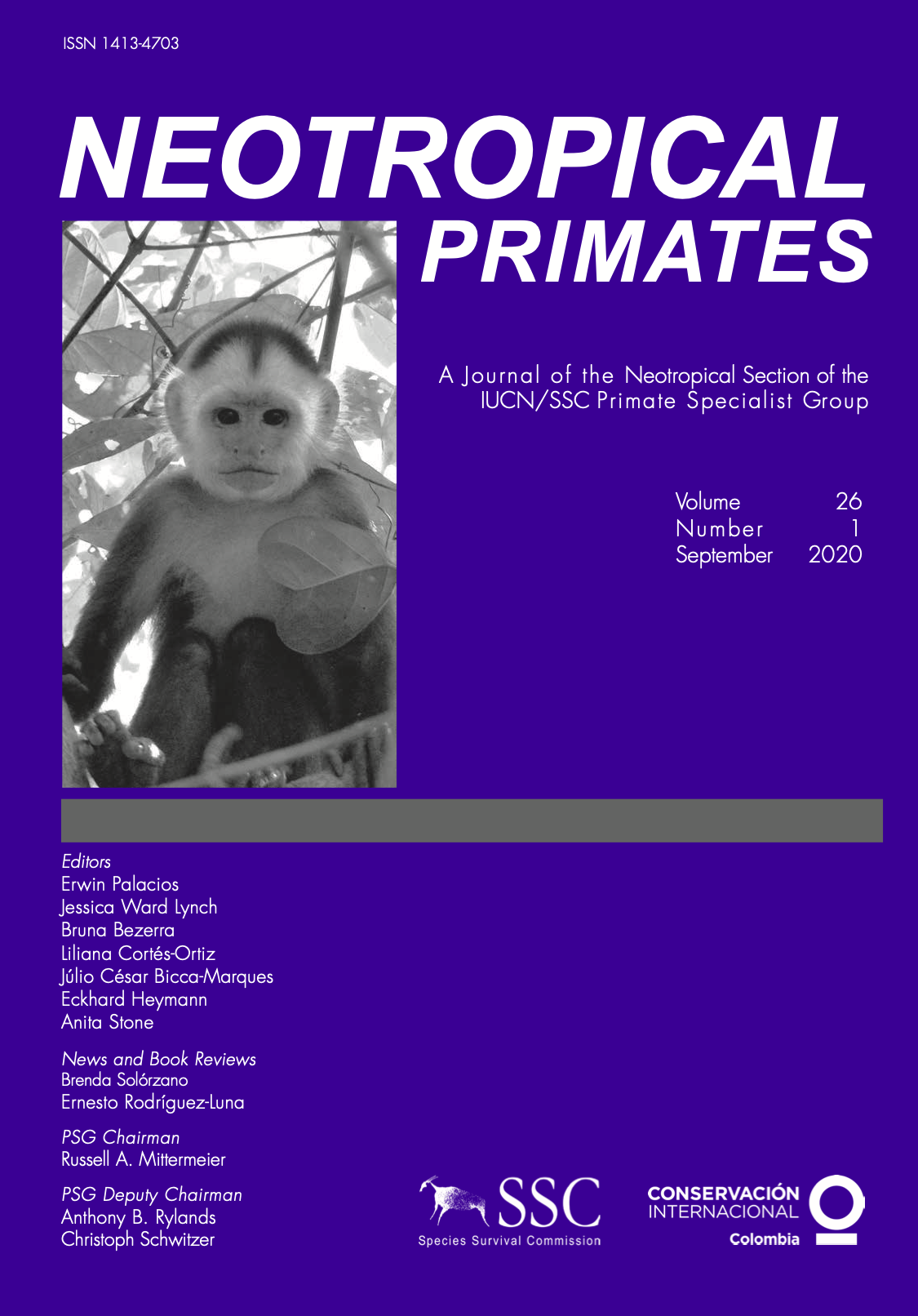Trends in the use of studbooks in captive breeding programs of Neotropical primates
DOI:
https://doi.org/10.62015/np.2020.v26.77Keywords:
New World primates, Neotropics, ex situ population, husbandry, conservationAbstract
Studbooks are databases of individual genealogical records of ex situ populations. Since they are an essential tool in man- agement and planning, we conducted a search of studbook reports to explore historical trends in breeding programs of Neotropical primates and implications for ex situ conservation. We accessed two databases: one made by the World Association of Zoos and Aquariums (WD) and another one compiled from academic reports and public internet records (PD). WD was comprised of 104 reports (1998-2011) from three habitat and seven non-habitat regions for 44 species. PD consisted of 222 reports for 34 species from two habitat and three non-habitat regions (1973-2019). International studbooks were more frequent in PD (82 %), whereas regional reports were more frequent in WD (55.8 %). Both databases showed that IUCN levels (LC, NT, VU, EN, CR and DD) with a larger number of species contain a larger number of species with studbooks and a larger number of studbooks. Therefore, there is a bias towards more studbooks on LC (Least Concern) species. Despite limitations in availability and access to studbook records, our results revealed a discrepancy between regions where in situ conservation and ex situ conservation actions have been made. This underscores the need for international cooperation to strengthen conservation efforts, build infrastructure, increase effective population sizes and ultimately establish viable populations. Finally, we advise assessing opportunities for ex situ conservation of threatened or DD (Data Deficient) species whose conservation in the wild is unlikely in the near future.

Downloads
Published
Issue
Section
License

This work is licensed under a Creative Commons Attribution-NonCommercial-ShareAlike 4.0 International License.


